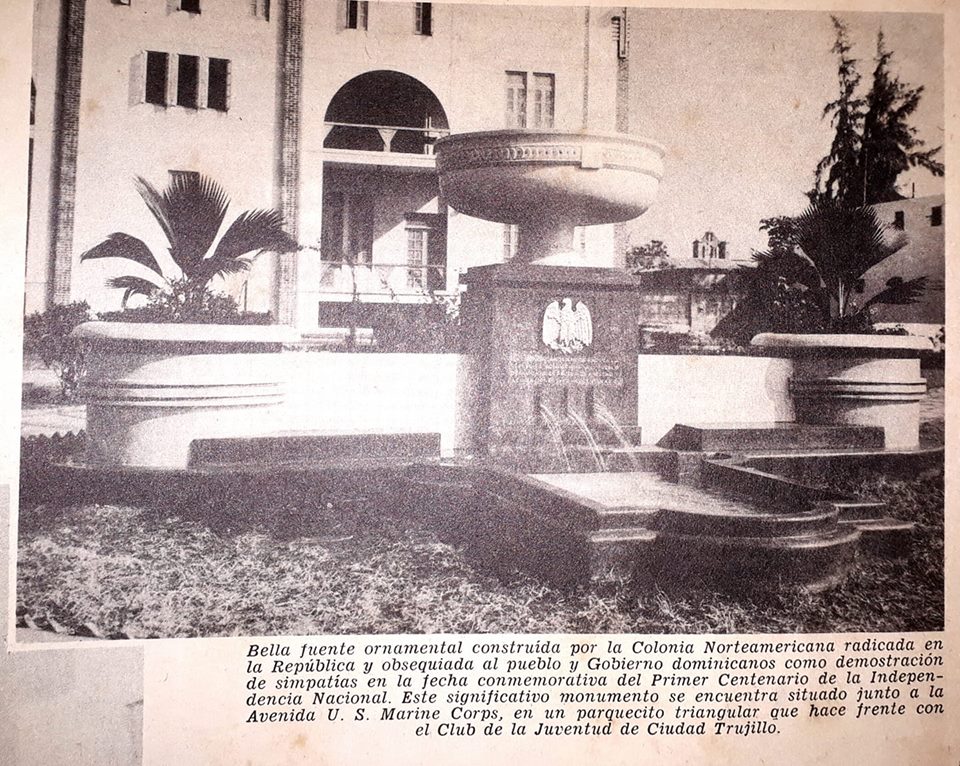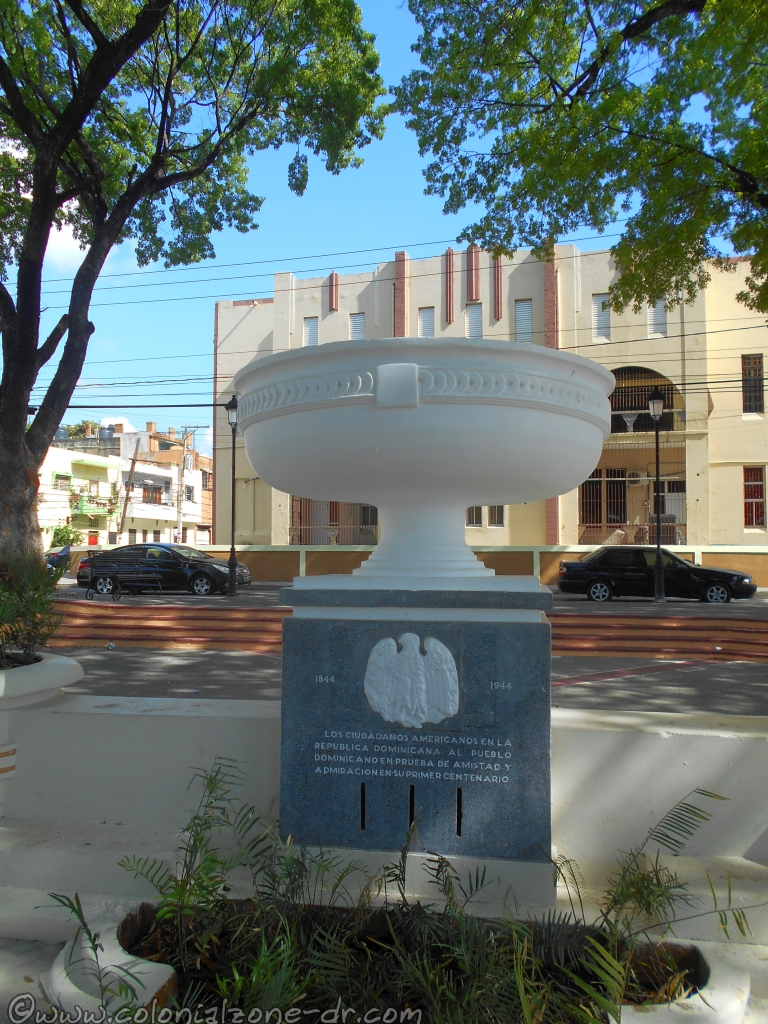Fuerte de la Concepción
Fuerte de la Concepción was built later in the history of the Colonial City. The fort is located at a very strategic location along the farthest northwestern side of the walled city of Santo Domingo.

The fort was designed by Juan Bautista Ruggero in 1672 and was built in 1678. It was an important addition to the city of Santo Domingos protection.

The strategic location of this important fort was for the initial protection of Santo Domingo and helped to deter many attempted take overs of the capital by land. It was the only fort to look towards the very isolated areas of what is now San Carlos. This was a very strategic location because they were able to view problems coming from inside the island where as most of the forts looked towards the sea or river areas.

Included in the Fuerte de la Concepción, which can still be seen to this day, was a very wide approach ramp for the cannons, the round watch towers and a catwalk around the wall. Gone are the ammunition storage and troop houses. Replacing them are fruit stands and vendors selling their wares.

Interesting facts:
*The fort area was used as a tram station from 1884 to 1904 when the fort was completely destroyed in a fire.
*The gate located in this wall is named Puerta de Lemba after a slave that was executed here.
*Fuerte de la Concepcion was where the people gathered when a natural disaster struck.

Location
: Calle Palo Hincado and Calle Las Mercedes. It is at the far end of the Colonial Zone across from Calle el Conde and next to Parque Independencia.









